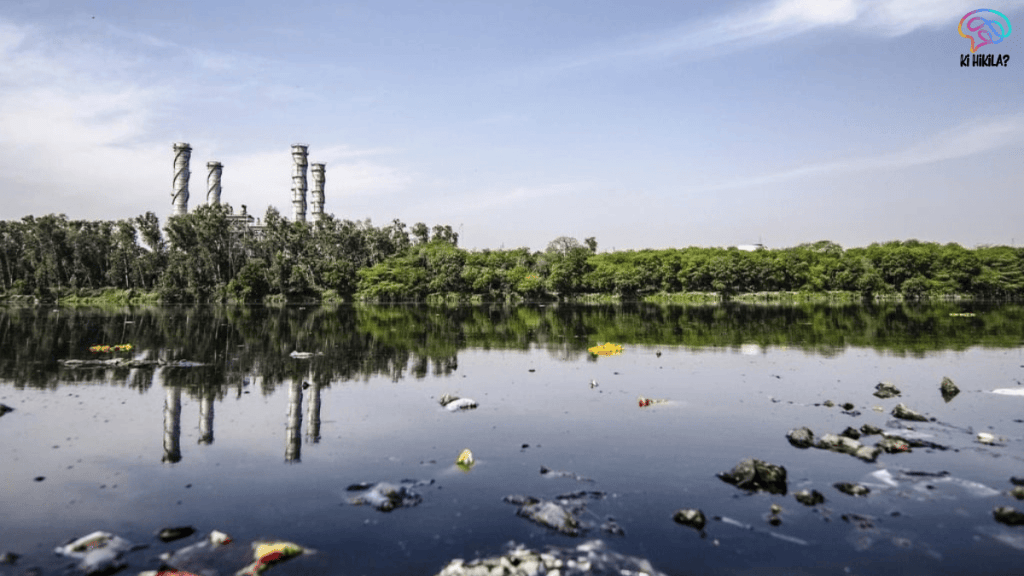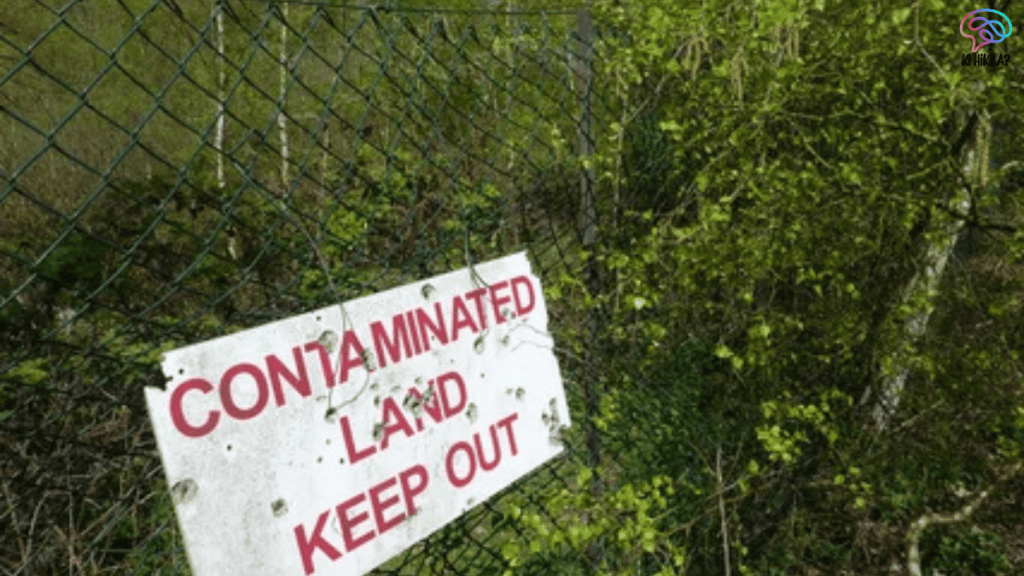Contaminated Sites Rules, introduced by the Environment Ministry through the Environment Protection (Management of Contaminated Sites) Rules, 2025, mark a pivotal step in addressing the long-standing issue of chemical contamination across India. These regulations provide a comprehensive legal framework to identify, assess, and remediate hazardous sites, protecting both human health and the environment. For years, India lacked a formal process to manage such sites despite their significant risks. The 2025 rules establish clear procedures, accountability, and a structured approach to tackle pollution from contaminated sites, setting a precedent for environmental governance.
Understanding Contaminated Sites
Under the Contaminated Sites Rules, contaminated sites are defined as locations where hazardous wastes have been historically dumped, leading to pollution of soil, groundwater, and surface water. These sites, including landfills, waste dumps, spill areas, and chemical storage facilities, pose severe risks to ecosystems and human health. Many of these sites were established before environmental regulations were in place, exacerbating their impact. As of now, 103 contaminated sites have been identified across India, highlighting the urgent need for a systematic approach to manage and restore these areas.
Addressing a Regulatory Gap

Prior to the Contaminated Sites Rules, efforts to address contaminated sites were limited to creating inventories and providing guidance for assessment and remediation. However, the absence of a legal framework hindered enforcement and accountability. The 2025 rules bridge this gap by establishing a robust system to enforce cleanup and assign responsibility. This legal backing is critical for effective pollution control, ensuring that hazardous sites are systematically addressed to prevent further environmental degradation and health risks.
Assessment and Remediation Process
The Contaminated Sites Rules outline a clear process for managing hazardous sites. District administrations are required to submit half-yearly reports on suspected contaminated sites, enabling early identification. State pollution control boards or designated expert bodies must conduct preliminary assessments within 90 days to evaluate potential contamination. If contamination is suspected, a detailed survey follows within three months to confirm the presence of hazardous chemicals and measure their levels. The rules cover 189 hazardous chemicals identified under previous regulations. Once confirmed, contaminated sites are publicly notified, and access may be restricted to prevent further exposure.
Assigning Responsibility and Funding
A key feature of the Contaminated Sites Rules is the clear delineation of responsibility. After a site is confirmed as contaminated, the expert body prepares a remediation plan tailored to the site’s specific needs. The State pollution control board is tasked with identifying the polluters responsible for the contamination within 90 days. Those found liable are required to bear the full cost of remediation. In cases where polluters are unable to pay, the Central and State governments step in to fund the cleanup efforts. Additionally, the rules incorporate provisions for criminal liability under the Bharatiya Nyaya Sanhita (2023) if contamination results in death or significant damage, ensuring strict accountability.
Exemptions and Challenges

While the Contaminated Sites Rules provide a robust framework, they include specific exemptions. The regulations do not cover radioactive waste, mining pollution, marine oil pollution, or solid waste from dump sites, as these are governed by separate laws. A notable limitation is the absence of strict deadlines for completing remediation once a site is identified. This lack of a fixed timeline could delay the restoration of contaminated lands, potentially prolonging risks to communities and ecosystems. Addressing this gap in future amendments could strengthen the effectiveness of the rules.
Impact and Future Prospects
The Contaminated Sites Rules represent a significant advancement in India’s environmental policy, offering a structured approach to managing hazardous sites. By establishing clear procedures for assessment, remediation, and accountability, the rules pave the way for safer ecosystems and healthier communities. The identification of 103 contaminated sites underscores the scale of the challenge, but the legal framework provides a foundation for systematic action. Moving forward, the success of the Contaminated Sites Rules will depend on effective implementation, timely funding, and addressing limitations such as remediation deadlines. This initiative reflects India’s commitment to environmental protection and sustainable development, setting a model for tackling legacy pollution across the country.



